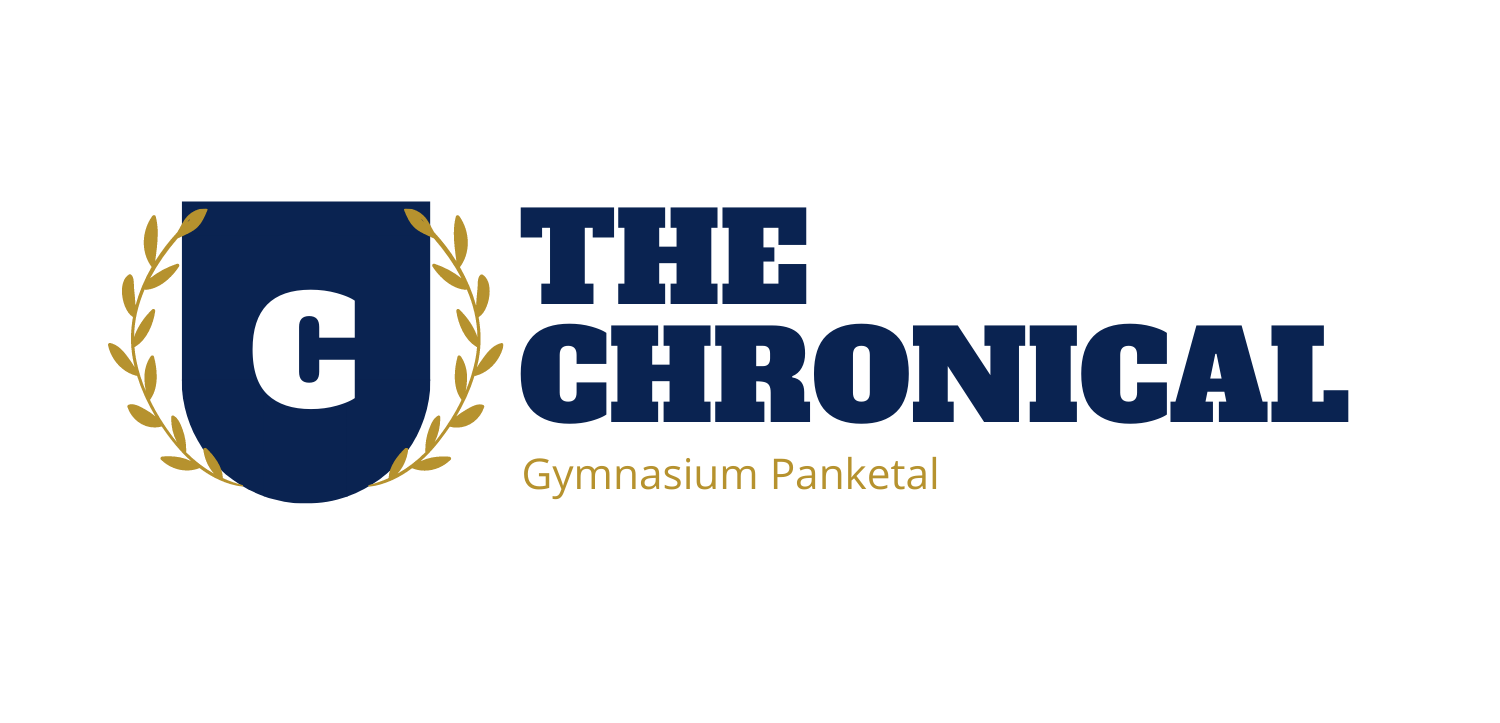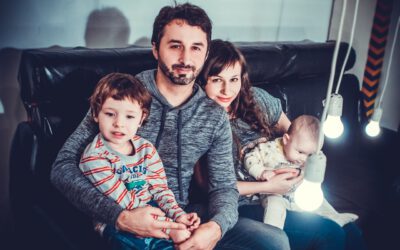Von Ben Düring

#Judge DeSalvo and assistant
For the two sister’s parents Brian and Sara Fitzgerald it’s a tough time too. They have to decide between life and pain of their children. In court, it seemed like Sara is exclusively focusing on the sake of Kate, where instead Brian at least considers the aspect of his other daughter, Anna.
Tomorrow will be the last day of the hearing, where judge DeSalvo will have to determine which site of the lawsuit is right in order of US law. Before taking a look at the individual arguments and speculating on how DeSalvo will decide, you have to consider some background information about the judge’s life. Earlier in his life, his child was killed by a drunk driver. Due to that fact, he is capable to understand how desperately Sara and Brian want to keep Kate alive. On the other hand, he cares about Anna’s well-being, which makes it somehow a dilemma for DeSalvo.
DeSalvo has to decide in terms of our law. That’s why I honestly believe that Anna will win the case. Besides of my attitude to the situation, let’s gather some neutral arguments.
Generally speaking, we have to consider that the decision made in court will result in life or death of Kate. This is not only a disaster for herself but also her whole family. Especially for Anna, it would cause enormous mental pressure since she would be one of the reasons for her sister’s death.
On the other hand, Anna’s next donation for Kate would also have fatal potential. There would be a danger that both die.
Next to the emotional arguments, we may not forget that we’re living in a state of law and order. Such’s why we have to handle this lawsuit as required by law and the rule strictly says that Anna has the right to decide over her own body. As hard as it might be for everybody associated, but if DeSalvo would judge differently, this would lead to chaos since the law would not be considered worthy anymore. This lawsuit would be an example for every following case.
To come to an end, I’d like to have a quick look at the title’s question. Do saviour children have rights? That’s a question very close to the article’s topic since the issue is derived from it. If the judge decides against Anna, he would spread the message that she, as a saviour child, doesn’t have rights, because she never chose whether she wants to risk her life to save her sister. This would devaluate all saviour children in my opinion.
A lamb fighting slaughter
Have you ever thought about suing your parents? You would think such a thought would never actually become reality, no way how you would twist it. However, a girl called Anna Fitzgerald did. She was born with the only purpose to sacrifice herself to save her sister: And now she’s taking her chances.
Using Pre-implantation Genetic Diagnosis to create Savior Siblings
Pre-implantation Genetic Diagnosis (PGD) is one of the best procedures to diagnose any sort of genetic defects or chromosomal issues within embryos. Besides sorting the genetic issues, the process further allows you to diagnose and determine the embryo’s quality during its developmental stages. The primary goal is to distinguish those embryos that are reproductively competent and are capable of producing a healthy child from those that cannot. Due to the advancement of medical technology, saviour siblings, as a further use of PGD, transformed from a mere idea to a feasible alternative in 2000 when the first baby, Adam Nash, was engineered or designed to save his older sister from a rare form of anaemia. When Adam was born a stem cell transplantation was done immediately and infused into his sisters Molly’s circulatory system. Molly showed improvement in 4 weeks and in three years her immune system was normal.
The treatment options of APL
Acute promyelocytic leukemia (APL) is a unique subtype of acute myeloid leukemia (AML). It is caused by a gene rearrangement concerning the 15 and 17 chromosomes, leading to the formation of an abnormal fusion gene called PML/RARα. This gene produces immature white blood cells, and therefore a bone marrow transplant is needed to provide healthy leukocytes.
Interview with the parents of Kate about the lawsuit
Anna Fitzgerald is a savior sibling specifically born to aid her sister Kate who suffers from leukaemia. After the young Anna decided to sue her parent over the right to her own body, we decided to speak with the parents of Anna and hear out their opinion.
Interview with Kate Fitzgerald
Yesterday morning I had the chance to ask a few questions to Kate Fitzgerald, who suffers from Leukemia. As the sister of Anna, a savior sibling, she has got some interesting point of views regarding different topics, for instance the relationship with her parents. The following interview will prove that Kate has a breathtaking mindset and a heart of gold.
Creating human life just to destroy it?
A savior sibling refers to the creation of a genetically matched human being, in order to be the savior of a sick child in need of a donor. This requires creating human embryos in vitro, which literally means “in glass”, using the egg from the mother and fertilizing the egg with the father’s sperm. Then, using pre-implantation technology, the embryos are tested, and the one who is genetically compatible is implanted into the mother’s womb where the embryo can grow and develop. As soon as that baby is born, the cord blood is often collected because it matches perfectly for the sick sibling. In the embryos further development, bone marrow, blood, or even organs, can also be taken and used for transplantation for the affected sibling. The consequences on the new born and created child are controversial and seen from multiple different perspectives, as the case of the Fitzgerald family shows.

